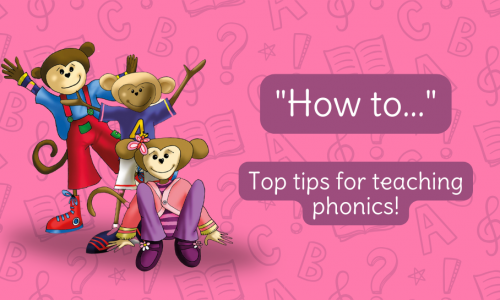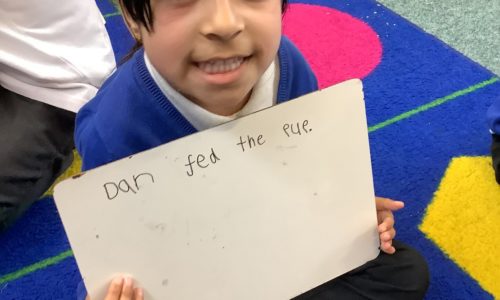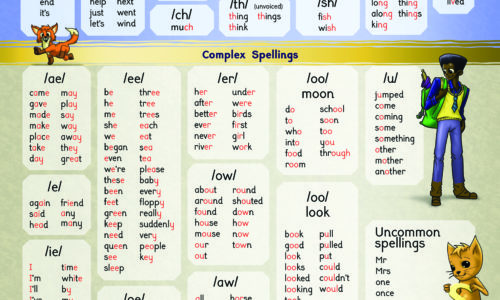
In our ‘how to…’ series we are going to delve into all things phonics instruction and give you our expert advice on developing confident readers. *** High-frequency words is another term for common words with tricky spellings, or high-frequency words with “irregular” spellings. The term “irregular” is a bit misleading because while beginner readers might […]
Read More



